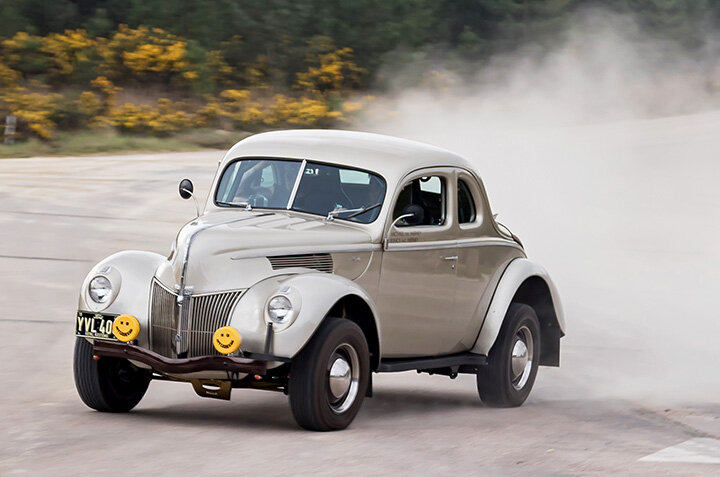Peking to Paris? Early Ford Hot Rods Rule the Route
March 2021 • Photos James Mitchell/Bad JuJU Photography and Tony Thacker
Presented by BUAMotorsport.com & USAutomotive.co.ukDown on the South Coast of England, Jim Turnbull’s Royal Kustoms hot rod shop has, over the last nine years, carved quite a niche for itself within the classic rallying world. Classic rallying is just that: timed distance events usually lasting days, sometimes more than a week, run over some of the roughest roads, and wildest terrain that you can imagine. Usually organized by independent hosting companies, the rallies provide classic car owners an unforgettable experience, and a chance to drive and test their cars to the absolute limit in all four corners the world. A non-leisurely drive from Peking to Paris is a favorite, at a mere 8500 miles…equal to a few days touring in say, Scotland or Spain, on regular roads with a few circuit test days thrown in, can be a lot less grueling for man (and woman) and machine, but still be a bundle of fun.
The long way round, Peking to Paris—approximately 8,500 miles over some rough terrain. Map courtesy of EnduroRally.com
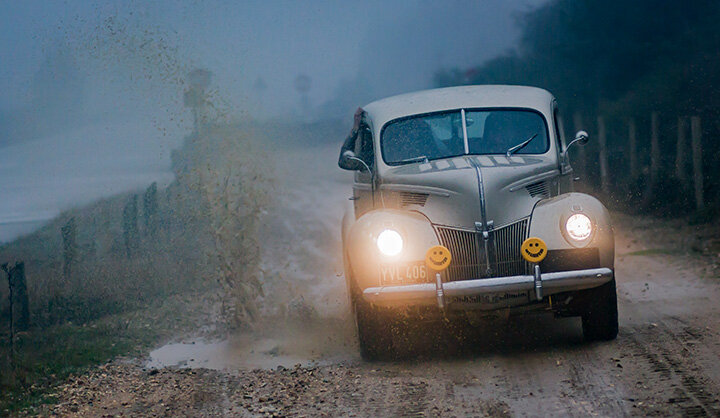


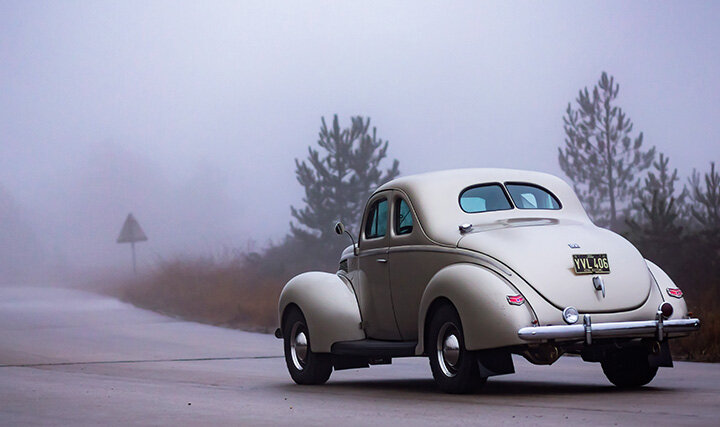

Big Fords are popular as they are robust and have plenty of room. Some rallyists will stash a spare front I-beam behind the seat.
All manner of classics can enter, but in recent years, pre-World War II American cars have become popular due to their rugged and simple construction, and dependable, and easily tuned engines. Royal Kustoms’ speciality is 1936-’40 Ford Coupes, the rally prep being a natural progression from their original flathead engine building service. Jim explained, “We were originally asked to handle the engine builds for two separate customers whose rally cars were being built elsewhere, but we ended up completing both cars, and it went from there.” To date, Jim and team have completed 10 cars in all, and Jim was pleased to tell us that an event is coming up soon that will feature five of his cars in the one rally.
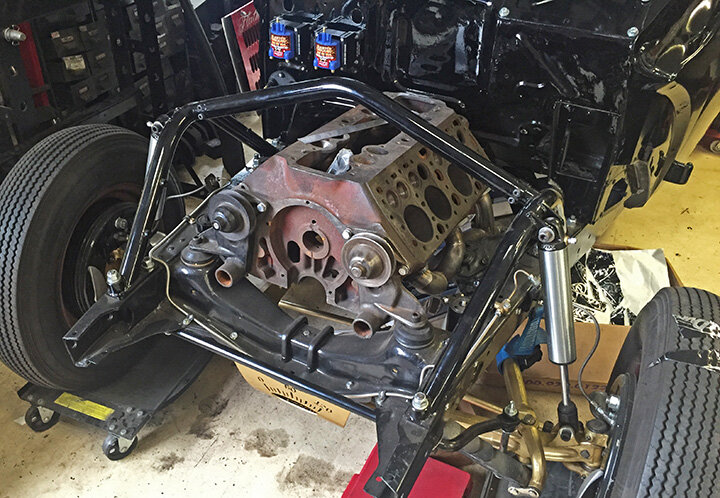



Royal Kustoms make many of their own parts from upper control arms to front stone guards, even headers. And, of course, they build all their own engines.
Construction regulations are generally similar for all events: cars must appear much as they would if rallying in their original era, cutaway fenders are allowed, but must be steel, as no fiberglass or composite panels are permitted. The chassis’ must be stock, but some strengthening is allowed in key areas, with modifications allowed for later 5-speed gearboxes only and steel guards are fitted for vulnerable components. The suspension is treated likewise, heavier duty springs and shocks are okay, plus transverse leaf sprung rear axles can be swapped for parallel leaves, as this was a common swap back in the day. Brakes must be stock, no servo’s or power assist here, and steel wheels only, though widened versions are used, tire choice is up to the owners, however. For safety sake, and for the distances involved, new large 175L fuel tanks are centrally mounted, and though not 100% required, Royal Kustoms’ builds include a full roll cage, as this also adds extra strength to the car. RK also like to fit Recaro bucket seats and full race harnesses although these are not necessarily needed for every event on the calendar.






We mentioned that Jim started out mainly building engines, and having owned, raced (and broken) many of his own motors, he now knows what it takes to wring the maximum amount of useable power out of Henry’s flathead. Although his classic race engine specs remain (like KFC chicken) a trade secret, we know much time is spent machining, polishing and balancing, usually on a French block, before adding the race-spec crank, rods and pistons, and lastly the eye candy carb set-ups and polished alloy cylinder heads. Virtually any ‘period’ modifications are allowed, the modern exception being 12-volt electrics and electronic ignition systems for obvious reasons. Uprated radiators are fitted (though non-aluminium items as these can’t be repaired ‘in the field’, electric cooling fans are allowed though.





Finally, one look inside at the dash will confirm their race pedigree, somehow crammed around the original dash is sophisticated rally computer equipment for monitoring progress, time, and speed, plus radios, a top-of-the-range Sat Nav system, and a spot tracker enabling the car to be located by race control at any given time. Teams do get lost!




While classic rallying may not be with the reach of the average enthusiast, as once the car is built, there is the additional costs of shipping to and from the international event venue, the entry fee, (which includes top quality hotel accommodation, plus qualified technical support) plus general living expenses, and of course the risk of mechanical or cosmetic damage or worse! However, for those that can indulge, what an awesome and rewarding way to enjoy that old jalopy!


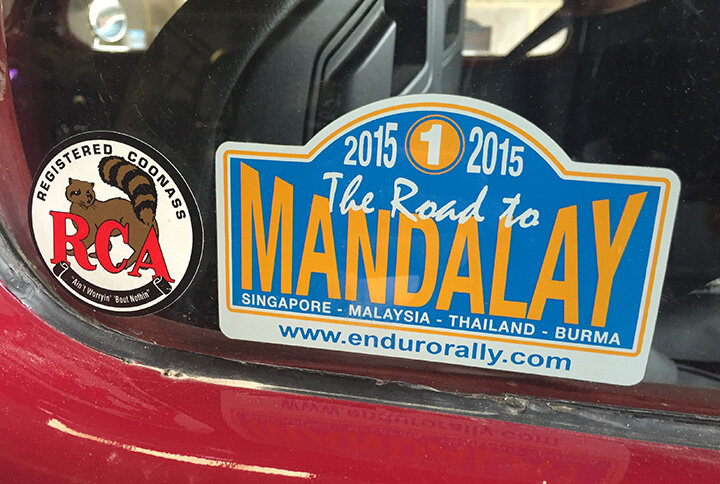




Our thanks to Jim and Julie Turnbull at @royalkustoms, and James at Bad JuJu Photography for help with this article.
For more information about long-distance rallying go to www.endurorally.com

